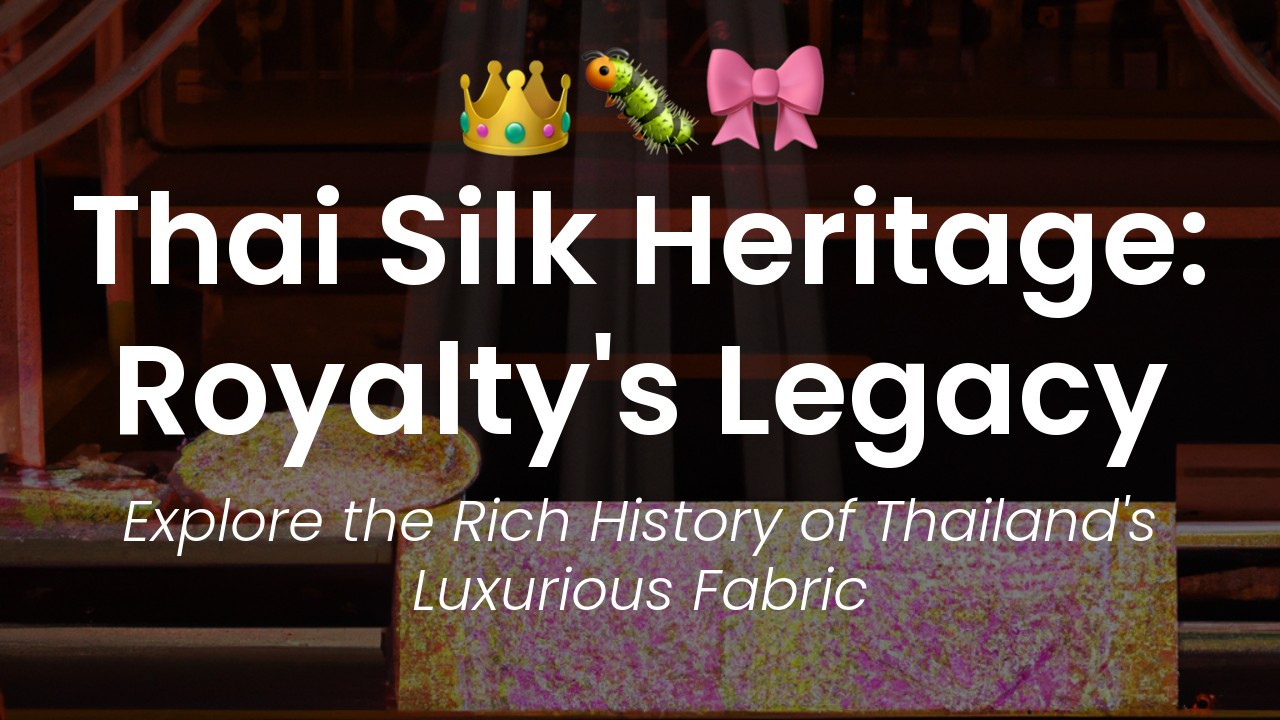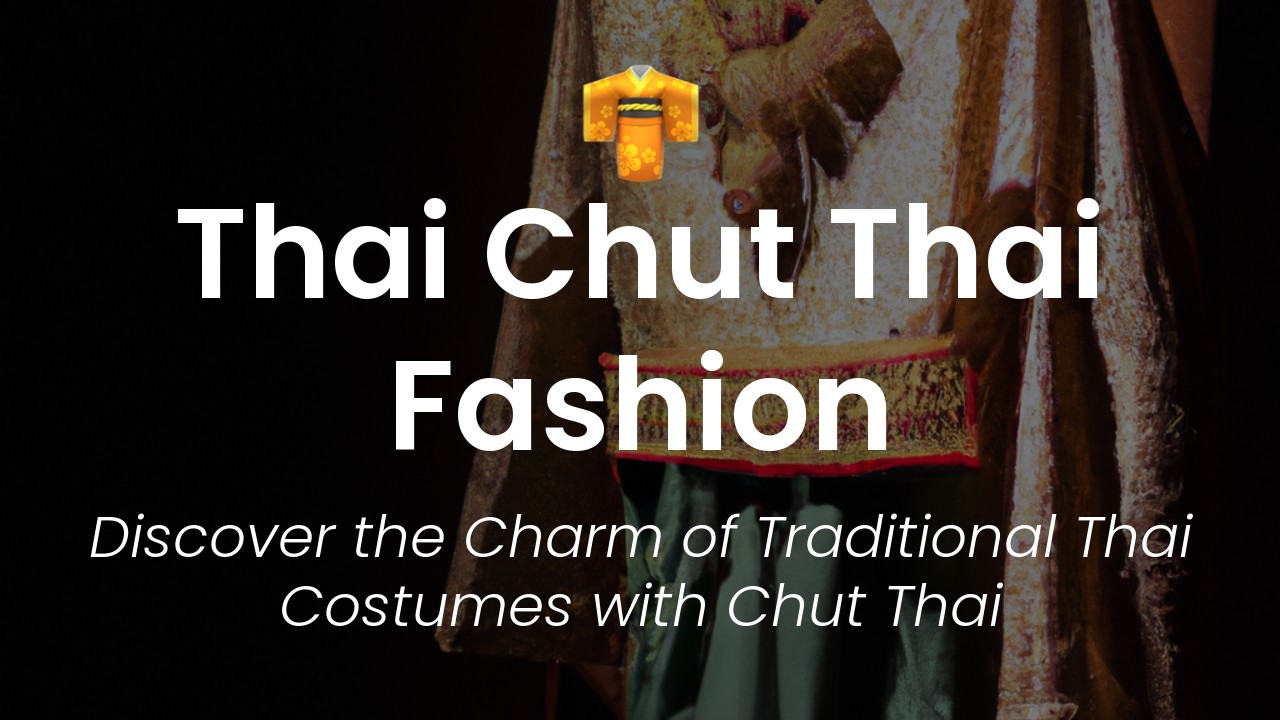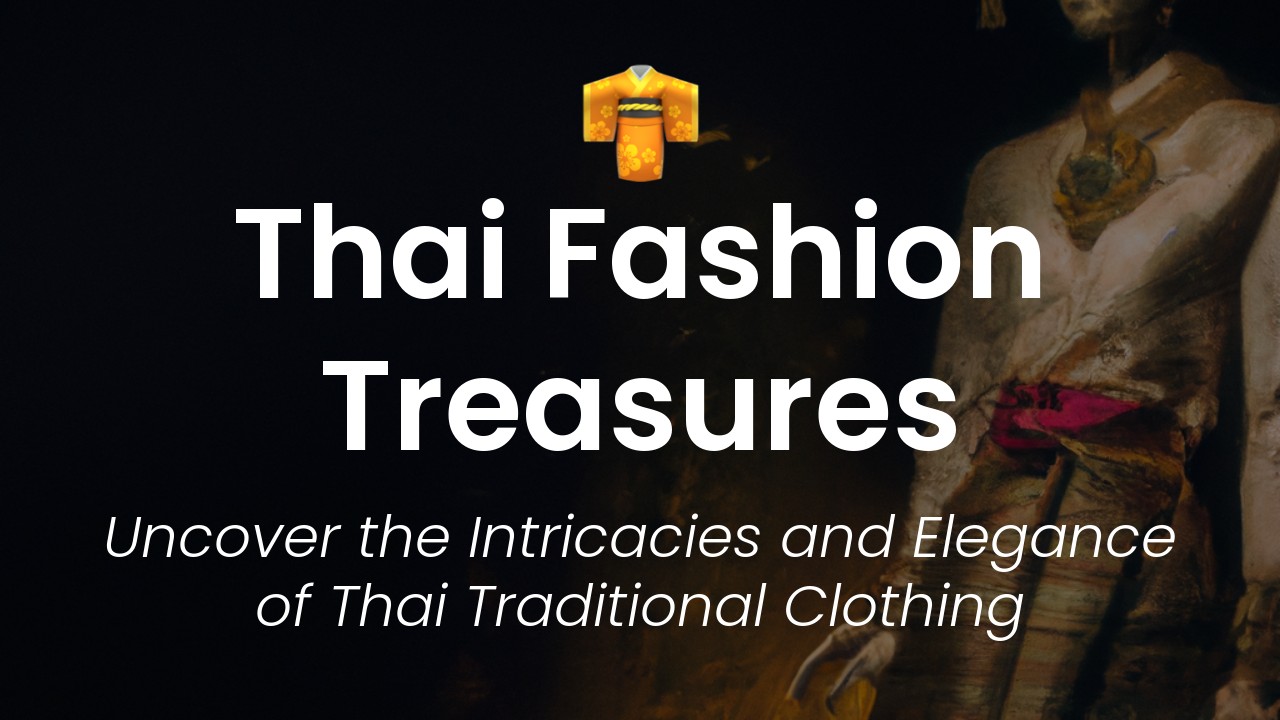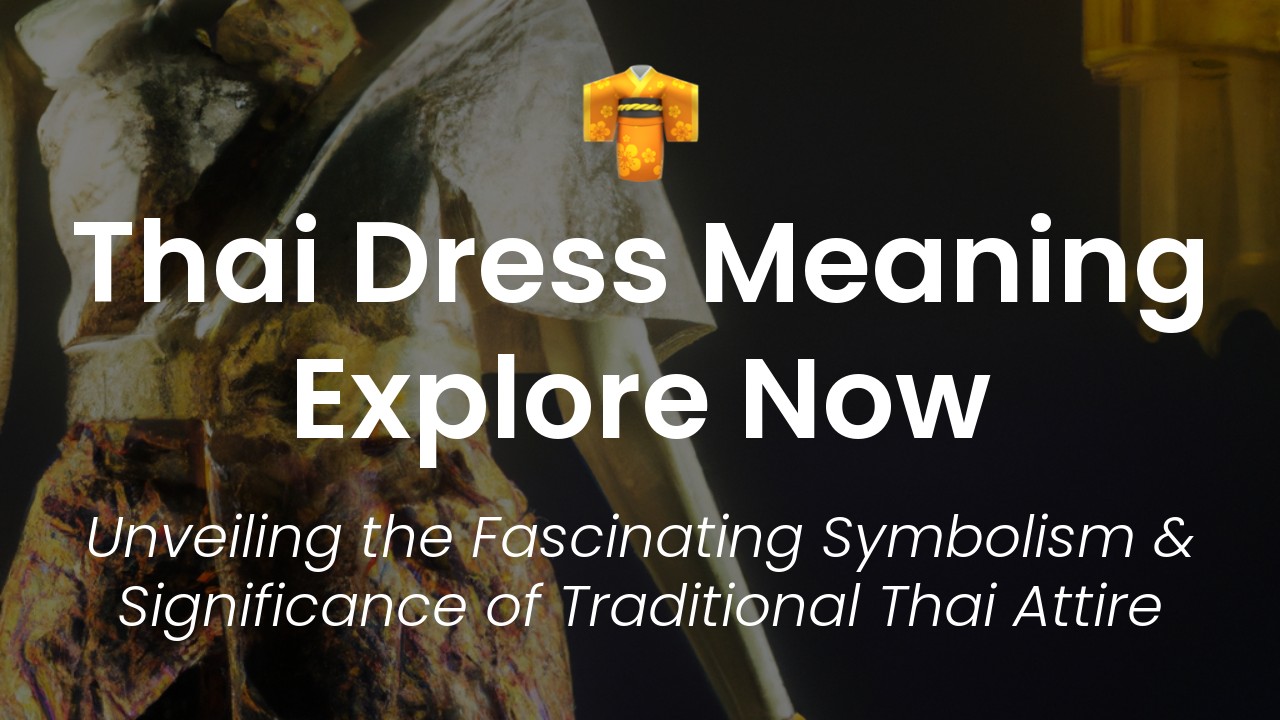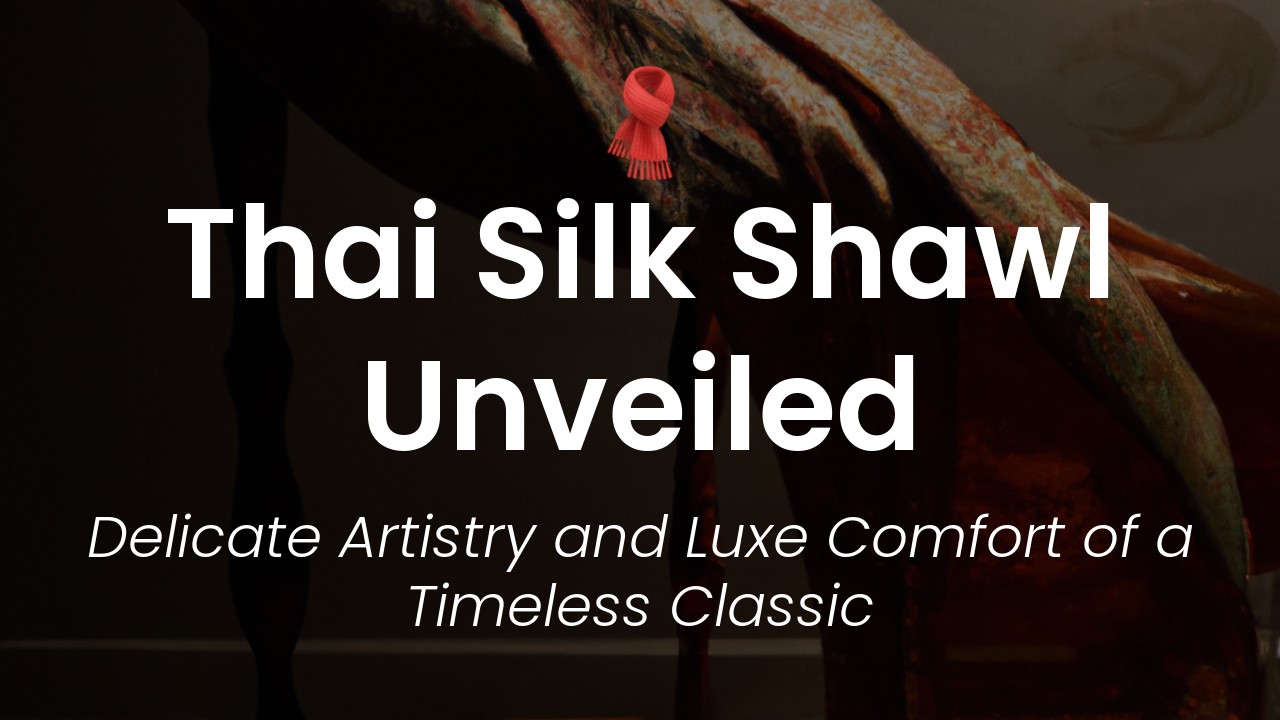As a lover of Thai culture, I am excited to share with you about the history and legacy of one of the most significant figures in Thai textile history – H.M. Queen Sirikit. Her Majesty has been an inspiration and a vital figure in promoting the unique heritage of Thailand's silk industry. Her contributions have ensured that Thai silk continues to be recognized around the world for its intricate designs and high-quality craftsmanship.
Thai silk is a symbol of the country's rich cultural heritage, and its elaborate patterns and vibrant colors are a testament to the exceptional skills of Thai artisans. Although silk production in Thailand has deep roots, it was H.M. Queen Sirikit who helped revolutionize and modernize the silk industry by setting up the Support Foundation to promote traditional Thai crafts.
Throughout her life, H.M. Queen Sirikit has been a champion of Thai silk and has worked tirelessly to support and protect Thai artisans who have dedicated their lives to this craft. Her efforts helped make Thai silk a popular and sought-after product worldwide. Thus, in this blog article, I invite you to discover the majestic Thai silk heritage of H.M. Queen Sirikit, and the legacy she has left behind in one of Thailand's most significant cultural traditions.
History of Thai Silk
Thailand has a rich cultural heritage, especially when it comes to textiles. One of the most beautiful and celebrated fabrics in Thailand is silk. The material holds an esteemed place in Thai culture and has a long and fascinating history that dates back thousands of years. Thai silk is renowned worldwide for its vibrant colors, intricate patterns, and unparalleled elegance. It's no wonder that visitors to Thailand often seek out silks to take home as souvenirs.
Thai silk was first produced more than 2,000 years ago, and it quickly became an essential part of the country's economy and culture. Silk is believed to have been introduced to Thailand during the reign of the Khmer Empire, which ruled over Southeast Asia before the arrival of the Siamese people. The production of silk gradually began to spread throughout the country, and by the early 13th century, it had become one of Thailand's most lucrative industries.
H.M. Queen Sirikit's Contribution
One of the most significant figures in the Thai silk industry is Her Majesty Queen Sirikit of Thailand. The wife of King Bhumibol Adulyadej, Queen Sirikit has been instrumental in promoting and preserving Thailand's rich cultural heritage, particularly when it comes to textiles. She is widely credited with helping to revive the Thai silk industry and promoting its global recognition.
Queen Sirikit was born in Bangkok in 1932 and became queen in 1950 following her marriage to King Bhumibol. Throughout her reign, she has been a passionate advocate for Thai culture and tradition. In 1976, she founded the Support Foundation, an organization dedicated to preserving traditional Thai arts and crafts, including silk production.
One of the most significant contributions that Queen Sirikit has made to the Thai silk industry is her establishment of the "Pakaoma" project. Launched in 1976, the project was designed to provide training and support for communities in northeastern Thailand, where most of the country's silk is produced. The project helped to create jobs and income for local people while also preserving the traditional skills and techniques of silk production.
Traditional Techniques and Patterns
Thai silk is renowned for its intricate patterns and designs, which are inspired by the country's beautiful natural environment, mythology, and religious beliefs. Thai silk is produced using traditional methods that have been passed down through generations of weavers. The process begins with the cultivation of mulberry trees, which are used to feed silkworms. The silkworms then spin their cocoons, which are harvested and unraveled to create silk threads. The threads are then dyed using natural dyes, such as indigo, and woven by hand on traditional wooden looms.
Thai silk weavers use a variety of different techniques to create the intricate patterns and designs that are characteristic of this fabric. One popular method is "yonok" weaving, which involves adding extra threads to the warp threads to create a raised surface. This technique can be used to create a range of patterns, such as flowers, leaves, and animals.
Another popular weaving technique is "mat mee," which involves tying sections of thread before dyeing to create a resist pattern. The tied sections of thread resist the dye, resulting in a pattern once the threads are woven together.
Characteristics of Thai Silk
Thai silk is characterized by its vibrant colors, intricate weaves, and soft, luxurious feel. The fabric is lightweight and breathable, making it ideal for use in clothing, such as dresses, blouses, and scarves. The unique texture of Thai silk makes it ideal for use in interior design, such as cushion covers and drapes.
Thai silk is available in a wide range of colors, from vivid blues and greens to soft pinks and yellows. Each color is created using natural dyes, which are typically derived from plants, such as indigo, turmeric, and madder root. The use of natural dyes means that each piece of Thai silk is unique, with slight variations in color and shading.
Modern Thai Silk Industry
Thanks to the efforts of Queen Sirikit and other supporters of Thai culture and tradition, the country's silk industry has experienced a resurgence in recent years. Thai silk is now exported to countries around the world, where it is highly sought after for its beauty and quality. Thai silk has even been worn by celebrities, such as Angelina Jolie and Nicole Kidman, on the red carpet.
In addition to traditional weaves and patterns, Thai silk is now available in a range of modern designs, including digital prints and jacquard weaves. The use of modern technology has helped to expand the appeal of Thai silk beyond traditional markets and attract a younger generation of consumers.
Where to Find Thai Silk Products
If you're interested in discovering the majesty of Thai silk for yourself, there are plenty of places in Thailand to find it. Many local markets and shops in Bangkok, Chiang Mai, and other cities offer a wide range of silk products, from clothing and accessories to home furnishings and souvenirs. Look for products that are labeled "Thai silk" to ensure that you're getting the real thing.
If you're looking for something truly unique, consider visiting one of the many silk villages in northeastern Thailand. These villages offer an opportunity to see traditional silk production firsthand and purchase products that are made by local artisans. Some popular silk villages include Ban Tha Sawang and Ban Sala Than in Surin province and Ban Sawai in Khon Kaen province.

